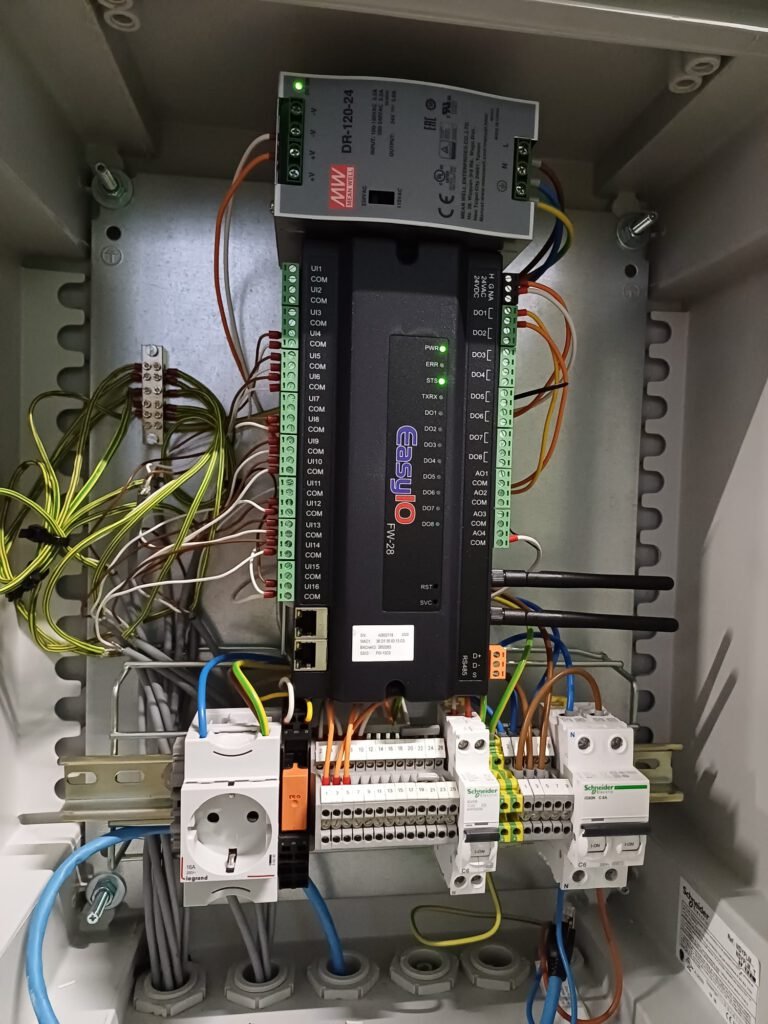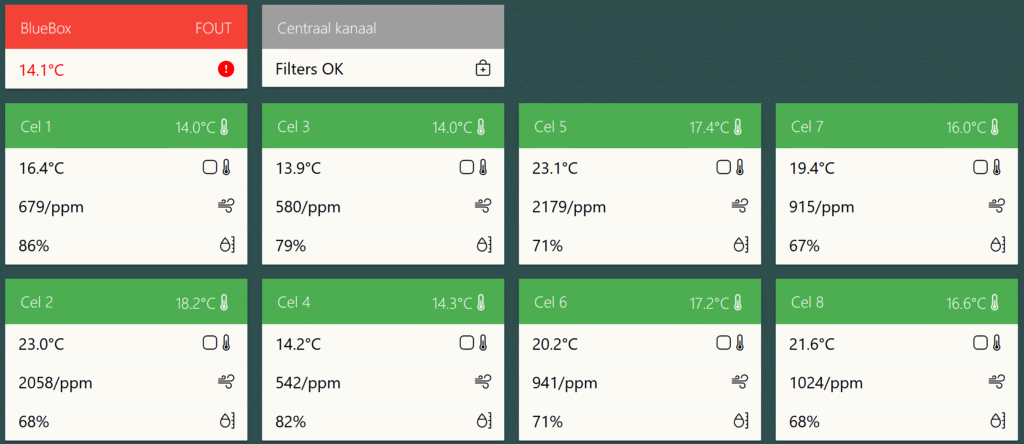Django and Raspberry Pi: Efficient Monitoring.
Over the past few months, I was working on a project revolving around real-time data processing in industrial automation. Combining a Raspberry Pi, Django, MQTT, and PLC software, I have built an application that reads and shares temperature, CO2 levels, humidity, and other important data in real time.
The Problem: Real-time Monitoring and Data Exchange
Modern industrial processes rely heavily on sensors and data to ensure quality and efficiency. Being able to monitor variables such as room temperature and product temperature is essential. Often there are existing PLC systems in place to store this data, but linking all these systems to a clear application that shares and accesses the data in real time is a challenge in itself.

Technologies Behind the Project
Real-time Data & Analythics
Django as the backend for processing and storing the data, combined with sockets.
Raspberry Pi
Used as an inexpensive and reliable platform to run the application.
Respberry PI as MQTT
The communication protocol for data exchange between different applications.
PLC software
The software that reads data from sensors and makes it available to the application.
Although the application (dashboard) currently runs on a single platform, it was built with a microservices architecture in mind. This makes it easier to add new services or modules in the future, for example, to analyze specific data or send notifications.

Intuitive User Interface
Seamless Integration
VPN Usage
This dashboard features a VPN hardware implementation and a mobile app for remote access in case of issues or for analytics. It is a one-time payment solution with no monthly fees.